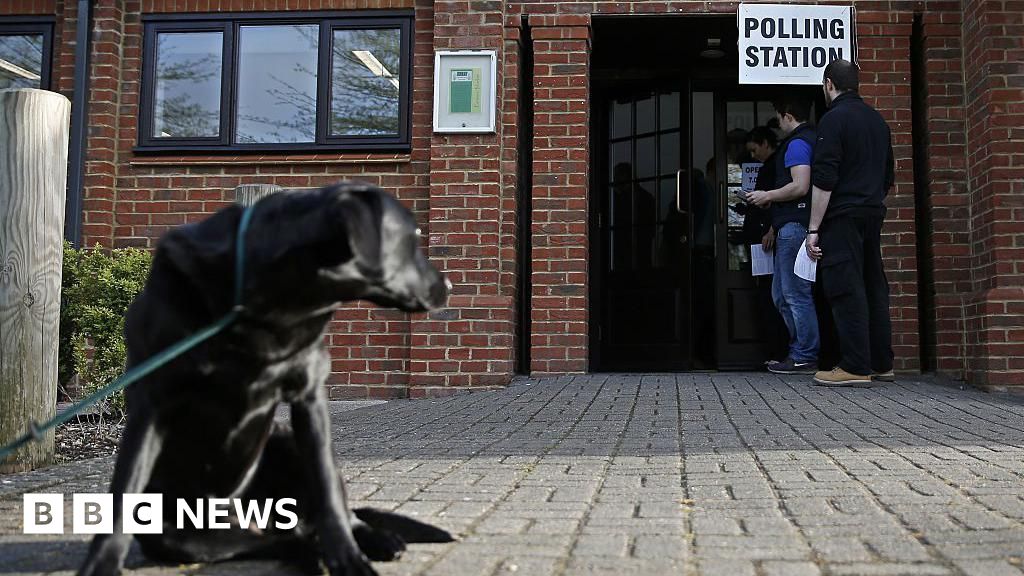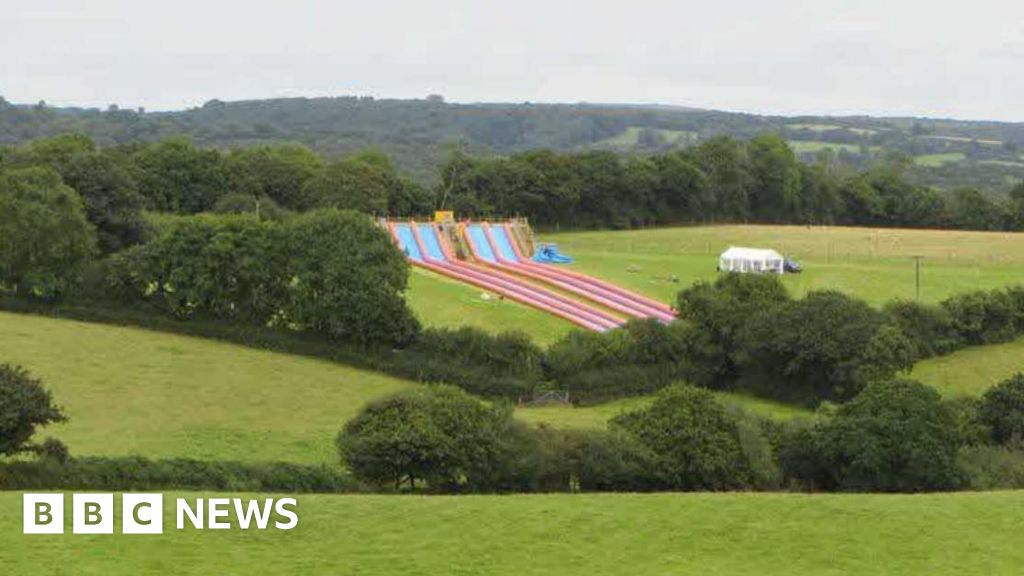Tree giveaway schemes are more effective when you ask people to pay for their trees, new research finds
Tree schemes are an effective way for organisations to get trees established in a wide range of locations, and asking people to invest financially in their trees significantly improves their survival rates, according to new trial results.
A trial led by the Trees Outside Woodland research project reveals that subsidised tree planting schemes significantly improve survival rates and cost effectiveness compared to free tree giveaways. This new finding offers insights for local authorities aiming to expand tree cover.
: “This research seems to confirm that when people make a small financial contribution toward their trees, they’re more likely to care for them properly, increasing their chances of survival.
“It’s also encouraging to see the high numbers of surviving trees, showing the potential of these schemes to be a highly cost-effective way to increase our tree cover at scale in our villages, towns, cities and countryside – something that is vitally needed.
“All the trees planted through these schemes have been planted in non-woodland settings, an area of tree planting that brings so many benefits to people and the environment, yet has been overlooked for many years.”
The project, a partnership led by The Tree Council, Defra, and Natural England, with Kent County Council, Chichester District Council, Cornwall Council, Norfolk County Council, and Shropshire Council, seeks to identify cost-effective methods that local authorities could adopt to increase tree canopy cover in England.
The study, conducted across four local authorities, compared free tree schemes with subsidised tree schemes, in which recipients contributed 50% of the costs. Over three years, 145,000 trees were planted across 1,200 sites in the pilot, with nearly 90,000 surviving their early years.
Results showed that subsidised schemes achieved significantly higher first-year survival rates (88% compared to 83% for free schemes) and reduced cost to the local authority per surviving tree (£1.58 versus £3.59 for free schemes).
“As we face the challenges of biodiversity loss and climate change, this research offers a practical pathway for effective tree planting.
“During the first years after planting, trees are at their most vulnerable, so the survival rates found in these trials through this precarious period of a tree’s life is encouraging
“By trialling new methods and schemes, we are continuing to find ways to improve the success and cost efficiency of tree establishment. This all supports our aim of increasing tree cover and boosts progress towards achieving our ambitious tree planting targets.”
Both free and subsidised schemes attracted a wide range of participants, from farmers to schools, community groups, and individual residents. The trial revealed that applicants’ most common motivation was to enhance wildlife and biodiversity, while those using subsidised schemes also cited practical benefits, such as shade, shelter, and natural barriers, often on farms.
The tree schemes proved very popular, with the scheme of one of the participating local authorities, Kent County Council, being 400% oversubscribed and allocating all its trees within two days of opening applications.
: “These schemes show how much people care about planting trees outside of woodlands. They create easy opportunities for anyone looking to enhance our national treescape or boost their community’s connection with nature.
“Our data shows what I experienced first-hand running the scheme – that there is the demand out there, and that if you provide the means, there is an army of people willing to get trees in the ground.
“It’s been amazing to see that we have been able to get thousands of trees planted each year in every local authority area involved in this trial.”
Watch the film about the Shared Outcomes Fund Trees Outside Woodland research into Tree Schemes here.
The study’s findings have already informed the creation of resources such as a tree scheme guide and animation to help local authorities design tree schemes. Ongoing monitoring until September 2025 will further explore the longer-term survival rates of these trees, and the report will subsequently be updated.
For more information on how to best give newly planted trees the simple care they need in their tender early years, The Tree Council runs an annual campaign starting later this month, Trees Love Care.












